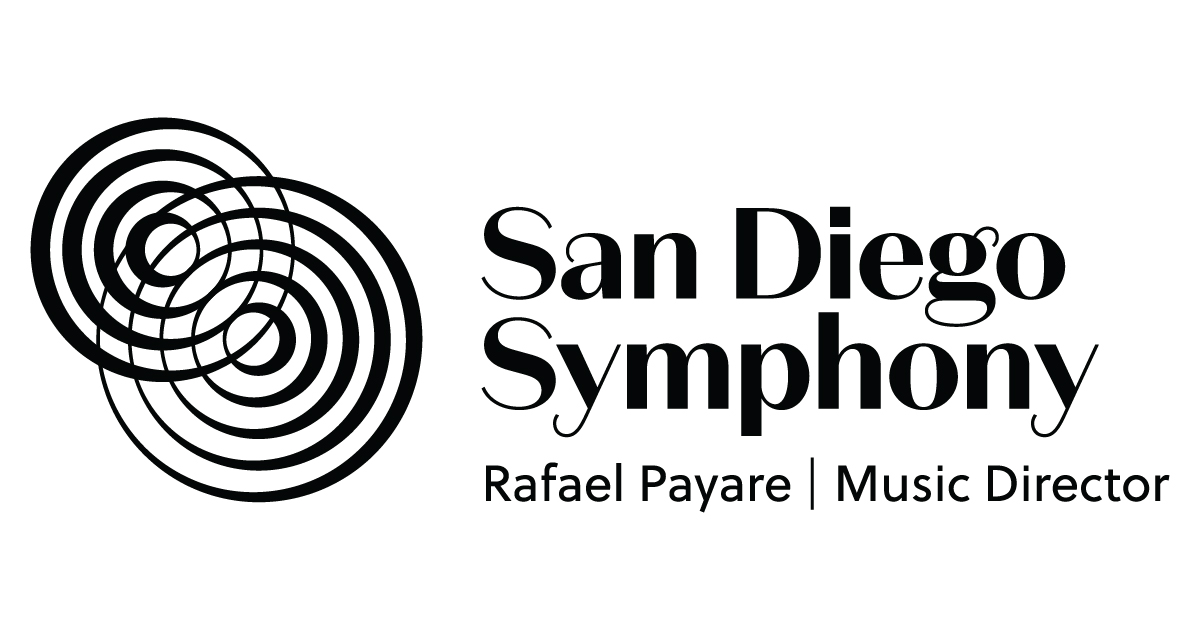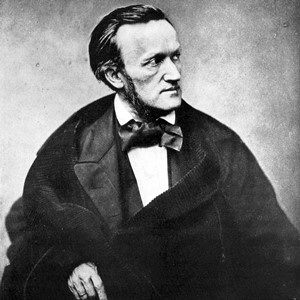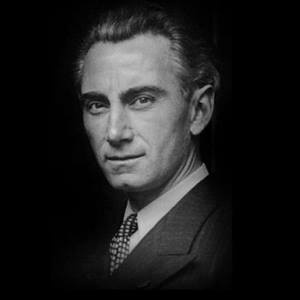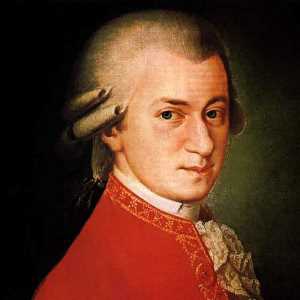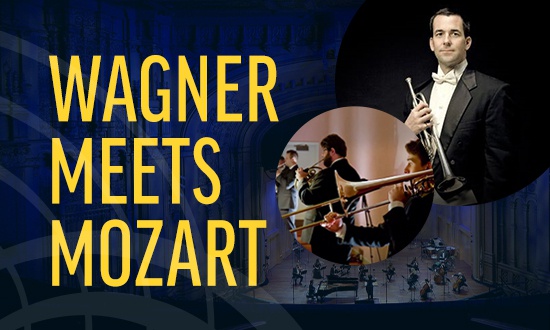
San Diego Symphony's First Classical Streamed Concert of 2021 brings together
two musical geniuses for one dazzling night of emotion and elegance.
"Wagner Meets Mozart"
STREAMS FRIDAY, JANUARY 29 @ 7PM PST!
Music Director Rafael Payare leads the orchestra in Wagner Meets Mozart! The San Diego Symphony's brass section resounds throughout Copley Symphony Hall with works by the great opera composer Richard Wagner, including Prelude to Act III from Die Meistersinger and the deeply moving and powerful "Siegfried's Funeral March" from Götterdämmerung. Closing the program is Henri Tomasi's "Good Friday Procession" and Wolfgang Amadeus Mozart's intimately charming Symphony No. 29.
San Diego Symphony Orchestra
Rafael Payare, conductor
COMPLETE PROGRAM:
WAGNER: Introduction to Act III from Die Meistersinger (arr. R. King for brass ensemble)
WAGNER: "Siegfried's Funeral March" from Götterdämmerung (arr. R. King for brass ensemble)
TOMASI: "Good Friday Procession" from Fanfares liturgiques ("Liturgical Fanfares")
MOZART: Symphony No. 29, K. 201
PROGRAM NOTES:
Prelude to Act III from Die Meistersinger (arr. R. King)
RICHARD WAGNER (1813-83)
Composed between 1862 and 1867, Die Meistersinger von Nürnberg tells of the competition held by a medieval singing guild – the Meistersingers – to admit new members; the winner will wed the beautiful Eva. Aided by the revered Hans Sachs, the young knight Walther von Stolzing defeats the scheming Sixtus Beckmesser and wins Eva. But with its complex sub-plots, the theme of renunciation by the aging Sachs, and its ingenious opposition of different kinds of music, the opera is much more than a simple love story, and Sachs’ final appeal for a “pure German art” made the opera vastly popular during a period of growing nationalism and Bismarck’s unification of Germany. Act III takes place on the day of the climactic contest. The Prelude is solemn and noble music, based on themes associated with Hans Sachs. One of Wagner’s markings is Sehr feierlich (“Very solemn”), and much of the nobility of the Prelude comes from its being set quietly in the lower instruments. The music gradually builds to a climax, then fades to a quiet close.
“Siegfried’s Funeral March” from Götterdämmerung (arr. R. King)
RICHARD WAGNER (1813-83)
The death of Siegfried brings the tragic climax of Wagner’s Götterdämmerung, and it triggers the catastrophic close of the entire Ring cycle, in which Valhalla and the Gods are consumed in flames. The treacherous Hagen schemes to eliminate the unsuspecting Siegfried. When two ravens suddenly fly out of a bush and Siegfried turns to watch them, Hagen stabs him in the back with a spear, and then – despite cries of horror and grief from all present – calmly walks over the hill and disappears. Mortally wounded, Siegfried recalls his first meeting with Brünnhilde and dies. Night has fallen, and his body is borne in a somber moonlit procession toward the hall of the Gibichungs, but as the procession nears the hall, it is entirely obscured in mists that rise from the Rhine. Wagner builds this solemn processional on music that has marked Siegfried’s life, particularly the motifs of Fate, the Sword and of Siegfried himself.
“Good Friday Procession” from Fanfares liturgiques (Liturgical Fanfares)
HENRI TOMASI (1901-71)
Of Corsican descent, Henri Tomasi studied at the Paris Conservatory and served as conductor of the French radio orchestra in Indochina from 1930 to 1935. The four Fanfares liturgiques are drawn from his opera Don Juan de Mañara, originally composed in 1944 but not premiered until 1956. The last of these fanfares, the “Good Friday Procession,” accompanies a solemn procession during Holy Week in Seville. The main character Don Miguel has just lost his wife Girolama, and as the procession passes, the Holy Spirit sings a message of consolation to the grieving husband. The fanfare – scored for three trumpets, four horns, four trombones, tuba, timpani, and percussion – begins quietly, and listeners will hear hints of the ancient Dies Irae plainchant. The music builds to a shining climax, then falls away to conclude peacefully.
Symphony No. 29 in A Major, K. 201
WOLFGANG AMADEUS MOZART (1756-91)
In July 1773 Leopold Mozart took his son to Vienna, where the seventeen-year-old composer came into contact with classical style as it was developing in Haydn’s quartets and symphonies. Mozart returned to Salzburg and soon produced the first three of his symphonies to hold a place in the active classical music repertory. All three symphonies show features that he had discovered in Vienna: they are in four movements rather than the three of the Italian sinfonia, they employ more fully worked-out sonata forms, and many of their movements conclude with a coda.
Mozart composed his Symphony No. 29 in April 1774, a few months after his eighteenth birthday. Though it retains the light scoring of some of the earlier symphonies (pairs of oboes and horns, plus strings), this Symphony in A Major shows new maturity of technique and new depth of content. Its opening movement is one of the finest in all of Mozart’s symphonies. There is no opening fanfare or introduction – the work simply begins with a quiet octave drop, and that octave drop then recurs three more times within the theme. It is an immensely impressive beginning, a theme full of grace and power, fused with rising tension. In the Andante Mozart mutes the violins and gives them music that combines romantic intensity with rococo grace. In its intimacy, this Andante seems more nearly a movement from a string quartet than from a symphony. The minuet is full of angular themes and dotted rhythms; Mozart makes a wry little joke of the sound of the oboes and horns as they toot out the cadences. The Allegro con spirito flies along in 6/8 time and, like the first movement, incorporates the interval of the octave drop in its main theme.
(Program notes by Eric Bromberger)
